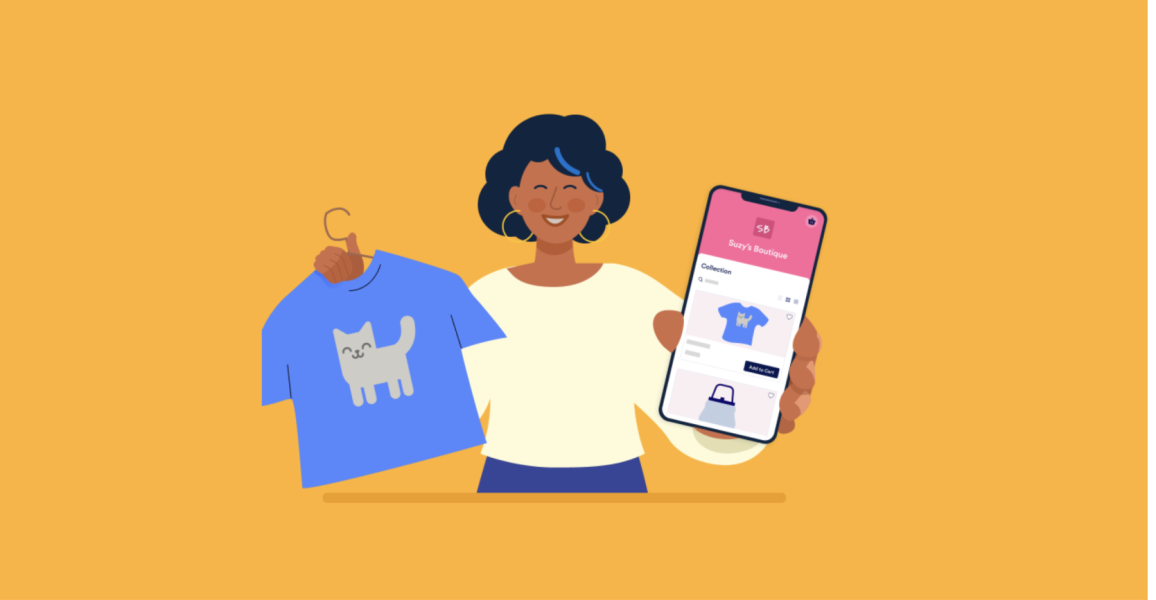Challenge
Founded in San Francisco in 2016, Jobox is a technology company that builds digital tools for home service professionals, such as electricians and locksmiths, with the goal of making their jobs simpler and more efficient. With the Jobox app, home service pros can view and manage current and upcoming jobs, automate and monitor reporting, and process payments.
Jobox implemented Stripe Payments to allow users to accept payments via a payment link, or by manually entering a card number. Because pros rely heavily on in-person payments, often collecting payment on-site after completing a job, Jobox also added Stripe Terminal, which enables pros to accept in-person payments via pre-certified card readers.
While these offerings met the needs of many businesses, some pros needed an even simpler solution for in-person payments. Those running larger businesses, for example, wanted a solution that allowed new employees to start accepting payments right away, without ordering and setting up another card reader. “Reducing the time it takes for our users to get up and running is a top priority for us,” said Yossi Shemesh, director of product for payments at Jobox. “That means we have to make sure the Know Your Customer process is smooth and our users can start accepting payments immediately.”
Jobox wanted to eliminate the need for external hardware while ensuring every transaction was still simple, efficient, and provided its users’ clients with the same range of payment options—including credit cards and Apple Pay—available with Terminal. To do this successfully, Jobox needed to give its users a hardware-free payment solution embedded directly into the Jobox app.
The new solution also needed to be easy to implement for the company’s engineers, so they could maintain their focus on new app features rather than payments infrastructure.
Solution
With these goals in mind, Jobox turned to its long-time partner, Stripe, to integrate Tap to Pay on iPhone with the Terminal SDK, which enables pros to accept in-person contactless payments using only a compatible iPhone. The Jobox team was able to quickly add Tap to Pay on iPhone as a feature within the Jobox app without having to make substantial changes to its architecture.
“Since Tap to Pay on iPhone is built on the same Stripe software development kit that we’ve used for years, we didn’t have to rethink the whole architecture of our app to implement a new payment option,” Shemesh said. “We’ve given our users the ability to accept payments with their iPhones, and from a technical standpoint, it was a breeze.”
Home service professionals can now download the app, create an account, and start accepting card-present payments without having to order an external card reader. “When I first saw a full transaction take place by tapping a credit card on an iPhone, it felt like magic. Being able to use a seamless payment solution on an iPhone eliminates so much friction when accepting payments.”
The simplicity combined with the fact that home services professionals depend so heavily on in-person payments has led to more than 60% of Jobox’s user base accepting payments with Tap to Pay on iPhone since its introduction. As more users sign up for Jobox, they can accept a new job and accept their first contactless payment on the same day.
Results
Less than two days to integrate Tap to Pay on iPhone into the Jobox app, and 60% user adoption in less than 6 months
Once the Jobox team completed their UX design, implementing Tap to Pay on iPhone took less than two days of engineering work. “The implementation was such a seamless process because it was already baked into our operating system with Stripe Terminal,” Shemesh said. “If we added non-Stripe hardware or tools, there would have been additional QA, and the testing pipeline would have taken much longer. Being able to implement without those extra steps was a huge benefit to our team.”
Providing easy access to contactless payments for home service professionals
With Tap to Pay on iPhone, larger home service businesses can save money by not buying external readers, and can significantly reduce the time between onboarding an employee and getting them to a job site.
The improved onboarding process for Tap to Pay on iPhone has also eliminated customer support tickets, because pros can launch and use the feature easily and directly through the app. “Our users and their customers really trust their card readers, but we always want to offer more choices,” Shemesh said. “Tap to Pay on iPhone gives them a built-in additional option if they’re waiting for a card reader to be delivered, if they forget their reader at home, or if they simply don’t want additional hardware. It’s another easy tool in their toolkit.”
Since Tap to Pay on iPhone is now a core part of the onboarding experience, Jobox has reached out to previously churned customers who didn’t want to purchase or manage external card readers. “Being able to reach out and show a churned customer how simple it is to make a transaction has given us a great way to reactivate users,” Shemesh said.
Our customers can augment their teams very quickly without worrying about additional moving parts. With Tap to Pay on iPhone, card readers are no longer critical for getting a new hire out in the field. Everything is built the same way it was before Tap to Pay on iPhone, and we simply injected this new method to give our users more choice quickly.
Tap to Pay on iPhone requires a supported payment app and the latest version of iOS. Update to the latest version by going to Settings > General > Software Update. Tap Download and Install. Some contactless cards may not be accepted by your payment app. Transaction limits may apply. The Contactless Symbol is a trademark owned by and used with permission of EMVCo, LLC. Tap to Pay on iPhone is not available in all markets. For Tap to Pay on iPhone countries and regions, see https://developer.apple.com/tap-to-pay/regions.

